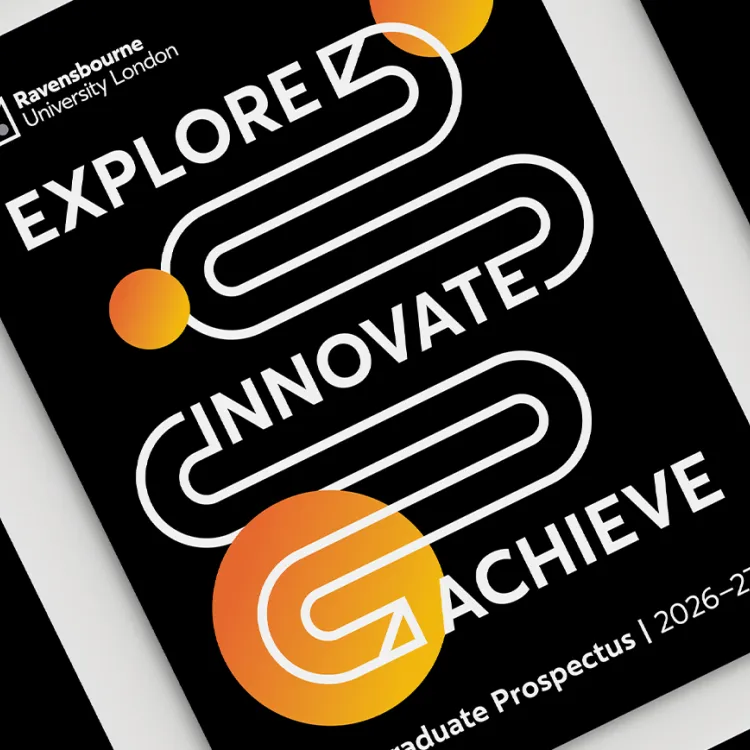Concept and creative process
In 1969 BBC1 began broadcasting a full schedule in colour and Presentation Senior Designer Sid Sutton was commissioned by Paul Fox, the Controller of BBC1, to create a BBC Globe for the colour era. NODD (Nexus Orthicon Display Device), universally known as NODDY by the BBC, was the mechanical means by which TV channel idents had been displayed on-air since 1963, with the device rotating the globe and a dedicated monochrome camera filming the result in real time. With the introduction of colour television in 1967, an electronic process had been added to colourise the camera's output. In order to pitch his new idea, Sid Sutton made a cardboard mock-up, using a section of polished steel borrowed from the Photographic Department's dry mounting machine. He turned a small model globe by hand and persuaded Paul Fox to put his head inside the blacked-out cardboard box. He emerged impressed by the potential of what he had seen and convinced by Sid Sutton's rationale for the design concept, namely that television showed not only the world as it was through news, documentaries and sport, but was also a reflection of the world through fictional drama and comedy. The concept of the Mirrored Globe series was born. Sid Sutton's radical new design was achieved by commissioning modelmaker Murray Andrews to build a new NODDY device which rotated an externally-lit model globe with the land masses painted white and the oceans matt black. The addition of a concave mirror behind it, created visually interesting distortions of the globe as it rotated. The device was activated on cue from the Presentation Continuity gallery by the Announcer and was in use continuously, with periodic colour and typographic changes, until 1985. Designer Sid Sutton recalled the launch: “The night of the switchover to colour in 1969, we had the whole mechanism in pieces on the studio floor, as we were having problems with the motor. An hour before the first transmission Rex Morefoot, the Head of Presentation, walked in with a group of Japanese visitors, took one look at the chaos and ushered his visitors out again, only to put his head back in a moment later to enquire what the hell was going on! Eventually we managed to get it all working and installed just in time. Later I adapted it for a Christmas version, with sequins instead of the curved mirror”. This version of the Mirrored Globe ident ran from 1969 to 1972.
